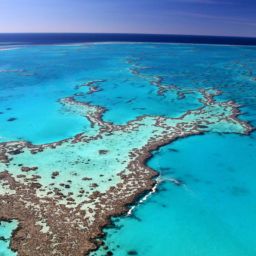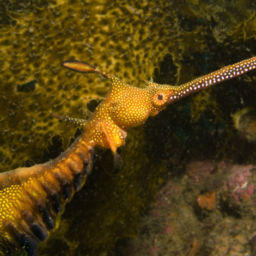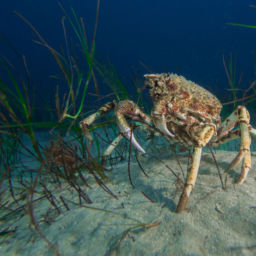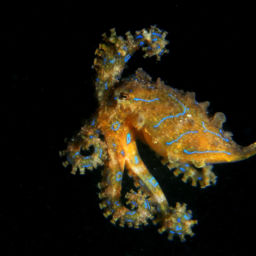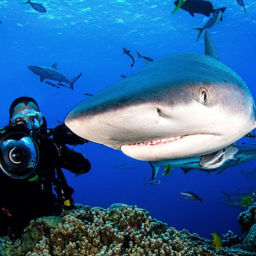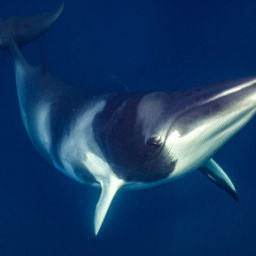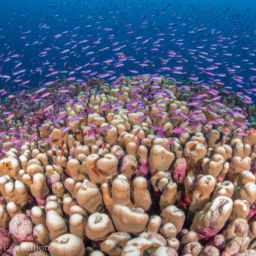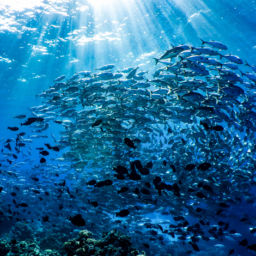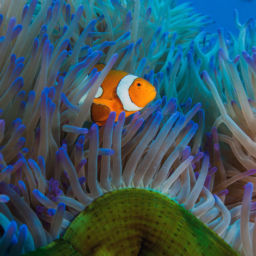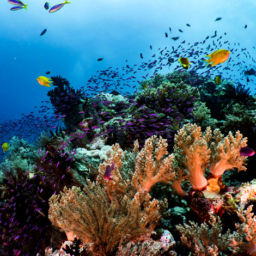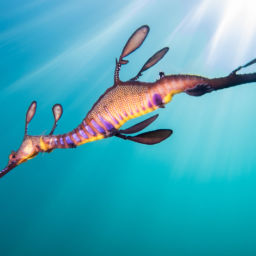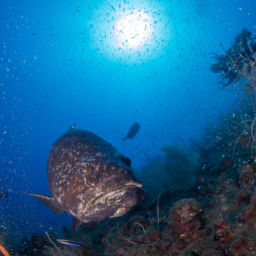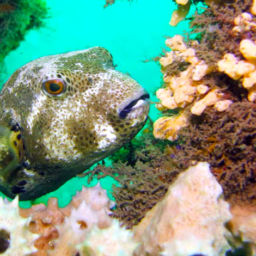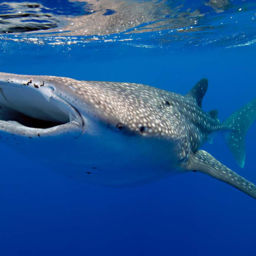Lord Howe Island, just two hours by plane from Sydney or Brisbane, is home to some of Australia’s best diving. But amazingly, divers have not yet explored much of the water surrounding the island, dotted with hundreds of reefs, caves, archways and other underwater formations. Divers have long been visiting the surveyed dive sites that surround the island. But you can now take that exploration to a whole new level when you discover and name your own coral reef.
“On one side of the island most of the reefs and dive sites are charted,” explains Aaron Ralph, owner of the island’s dive shop, Pro Dive Lord Howe Island. “But on the other side, there are many scattered reefs that just aren’t as convenient to access. As a result, one whole half of the island hasn’t really been surveyed or even explored — all we’ve got are these unknown blips on the sonar.”
Diving at Lord Howe Island
Lord Howe Island’s established diving experiences are pretty special. You can swim with turtles off Old Settlement Beach. Or, find yourself surrounded by large schools of trevally near Ned’s Beach. You can dive through a series of underwater arches at the bottom of deep gullies at the Lagoon. See rock lobsters the size of small pigs at Red Point, and swim with large schools of Galapagos sharks at Ball’s Pyramid.
Additionally, some of the island’s marine life, including the double-header wrasse, the Lord Howe butterflyfish and the lovely Ballina angelfish, is endemic to Lord Howe Island, meaning you’ll see it nowhere else on Earth.
So, if the known sites are this good, the island’s unknown diving treasures are likely to be just as breathtaking.
“From what we can see on sonar, we’re expecting to see some very interesting gullies and swim throughs,” says Ralph. “In fact, the terrain looks really interesting, and where there’s interesting terrain, there’s usually lots of interesting marine life. Because we rarely visit this side of island, we also expect to see lots of curious Galapagos sharks and maybe even the very rare conspicuous angelfish.”
Naming your own reef
With so many uncharted areas, the idea of asking visitors to name the sites that they explore was an obvious one, says Ralph. Exploring uncharted waters requires a certain level of diving ability, so Ralph has come up with an unusual solution. Pro Dive has teamed up with island resort Pinetrees Lodge to stage an annual “Lord Howe Island Dive Week.”
This dive-training experience allows keen underwater explorers to practice navigating unknown waters confidently. They’ll go over skills such as buoyancy and air consumption and dealing with strong currents as well before venturing to unmapped areas. Once the exploration is complete, divers get to name the reef they’ve explored.
Coral reefs are usually named as part of an official survey. But traditionally, the dive community maintains smaller sections of reef and other dive sites. Particularly noteworthy sites usually end up in guidebooks.
Exploratory diving can be somewhat challenging. But the reward on Lord Howe Island is not only the opportunity to name a dive site, but also the incredible marine life you encounter while exploring.
Limited spaces remain for the next Dive Week in January 2018.
Pro Dive Lord Howe Island will also consider taking groups of experienced divers on exploratory dives outside Dive Week. Contact Pro Dive Lord Howe Island for more information.







